Bolivia’s Salar de Uyuni is known for many things. It is the world’s largest mirror, with clean-cut hexagon shaped salts, and vast expenses of glistening white salt.
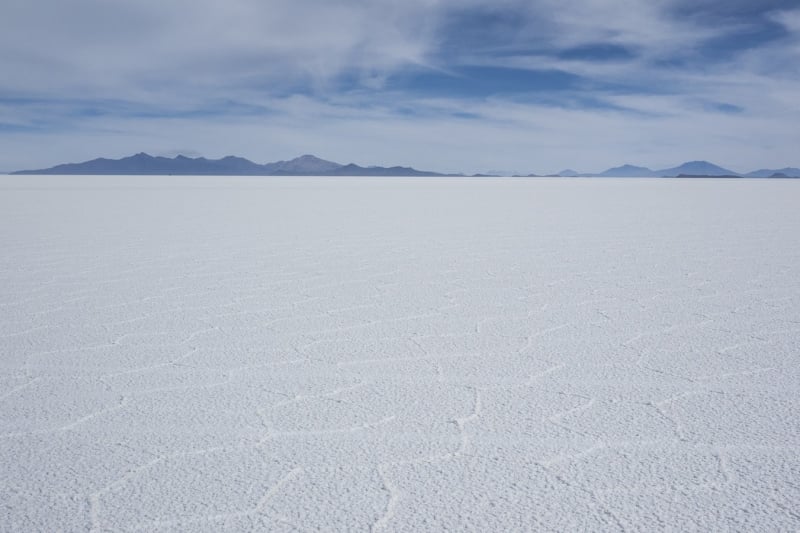
Many travellers dream of reaching the middle of the salt flat where there is a 360-degree of nothingness – just a flat white ground and blue skies, and the fierce hot sun shining down on the salt desert. This is a surreal landscape that is intense yet peaceful. As otherworldly as it appears to be, Salar de Uyuni is accessible and can offer an experience that you will get nowhere else on Earth.
Here are ten things to know and do while visiting Salar de Uyuni to give you a deep dive into the world’s largest lithium reserve:
1. It looks like snow from above
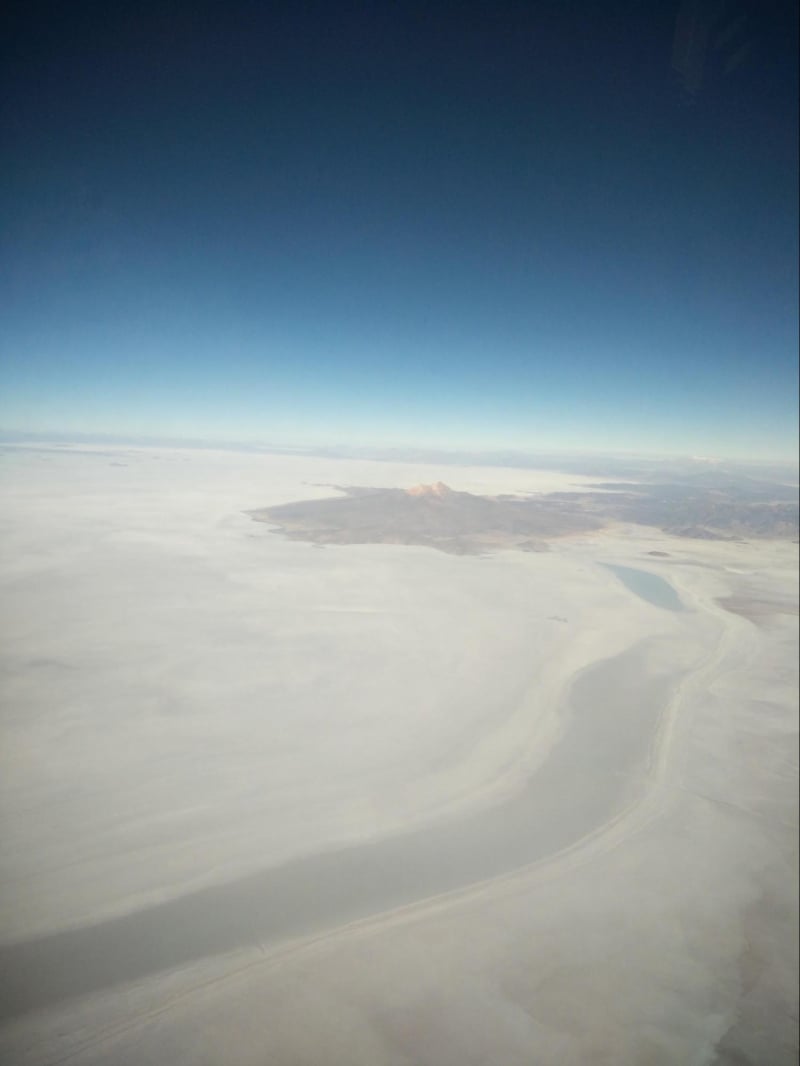
Salar de Uyuni is so vast that its 4,000 square miles of barren, salty crust can be seen from space. Due to its colour, it resembles a snowy glacier when you look out from the plane.
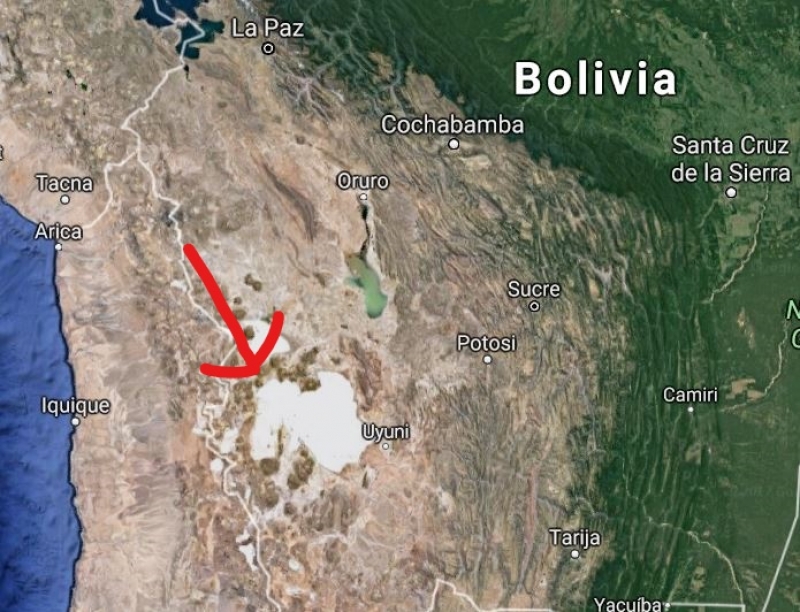
Image credit: Google Maps
Despite being elevated at 3,656 metres in the rugged Andes, it is surprisingly one of the consistently flat places in the world.
While it is remote, many tourists make the effort to flock there in order to embrace the beautiful landscape. The most popular way to get in is to take a flight or overnight bus into the small dusty town of Uyuni from the Bolivian capital of La Paz.
2. But really, it is just salt
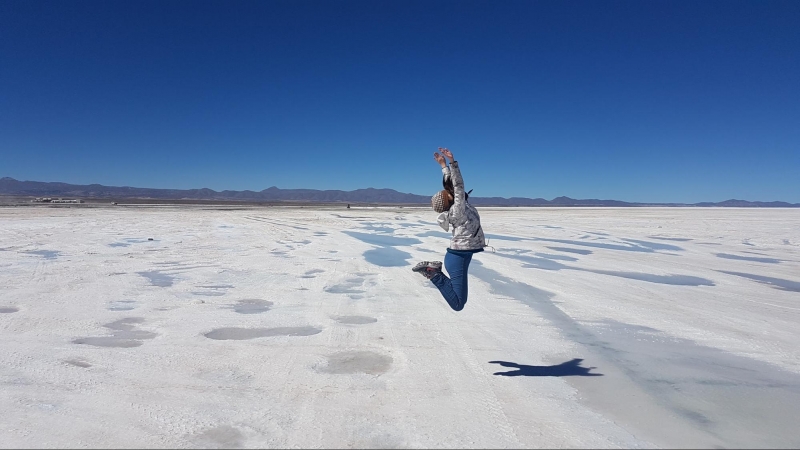
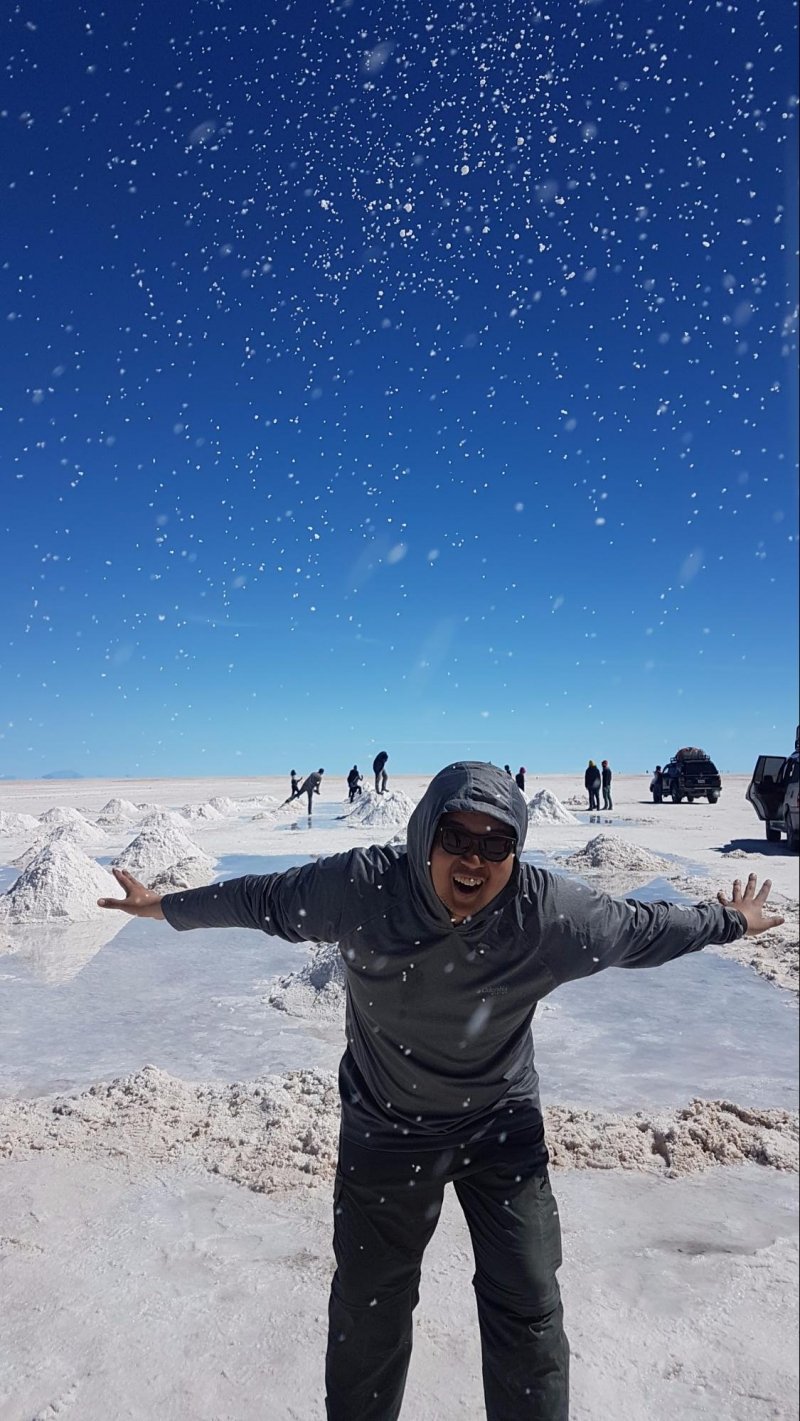
Wondering how the world’s largest salt flat was created?
The area was once covered by a prehistoric lake. Then, plate tectonics beneath the water retracted to the lower areas, forming the mountain ranges of the area. Coupled with rising temperatures and climatic change, the water evaporated, leaving behind salt and minerals.
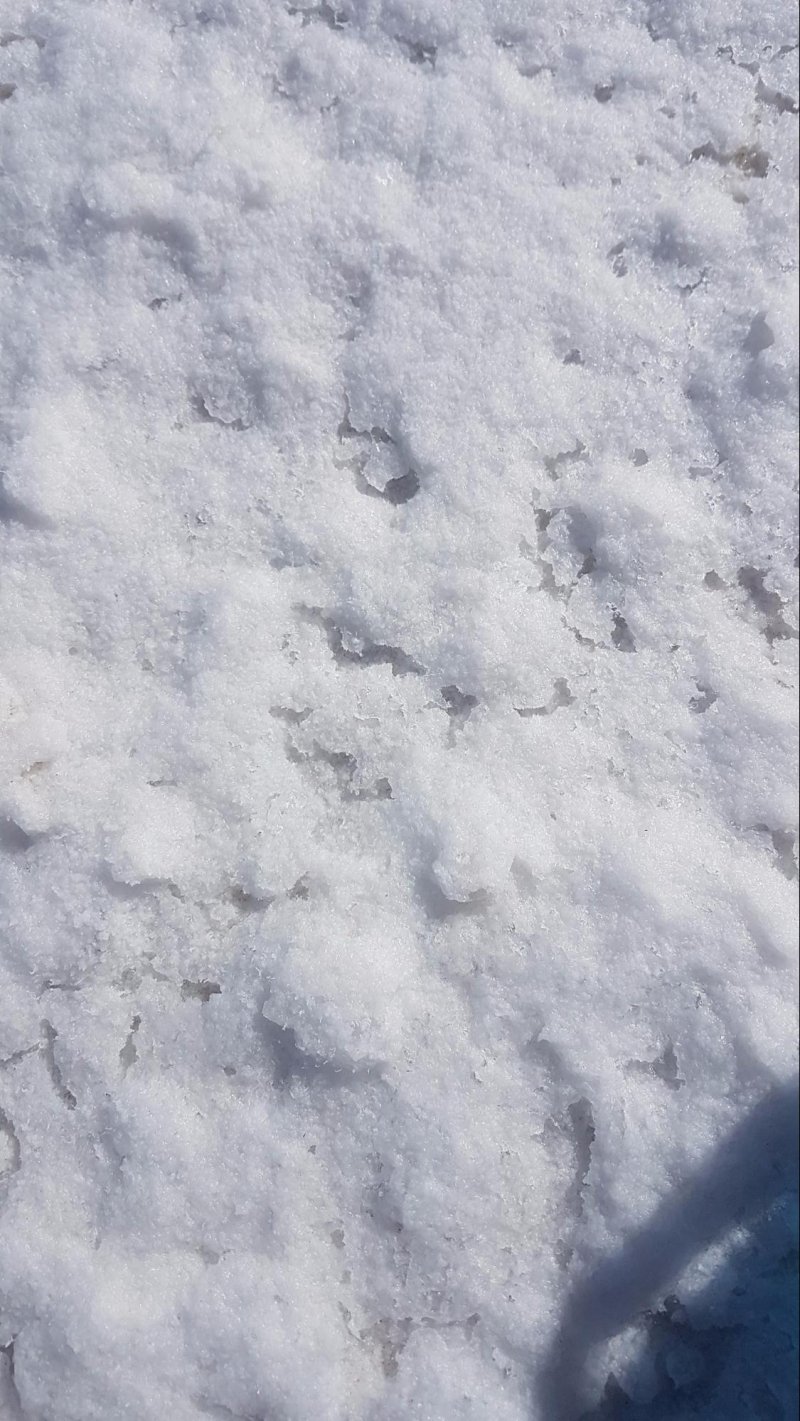
Apparently, there is also groundwater beneath which evapotranspirates, so salt is left on the surface and it is always feeding on rainwater. Because vaporization is ten times more than precipitation, the Salar becomes an endless source of salt.
3. Some parts of it aren’t perfect
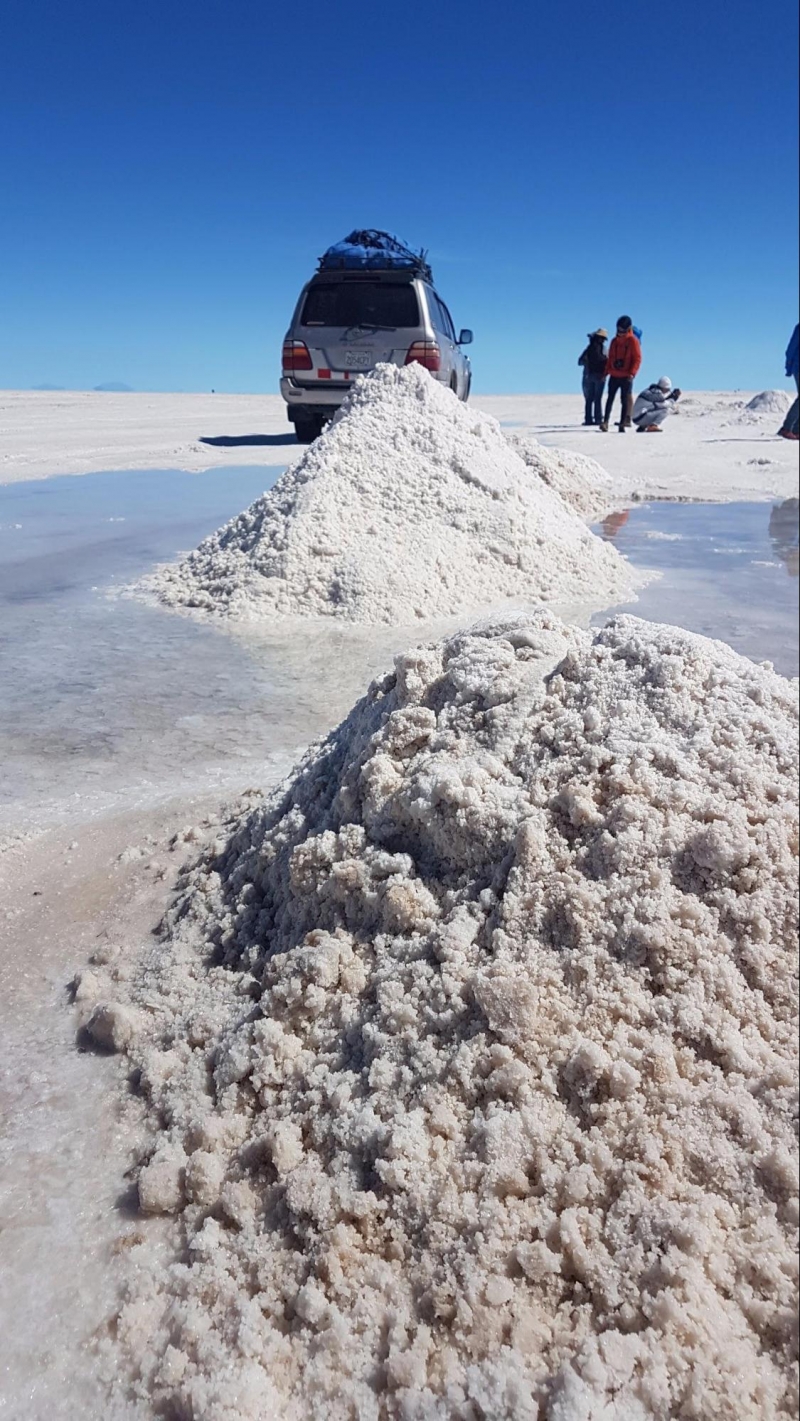
Today, the Salar is Bolivia’s biggest tourist draw and in fact, many visitors come to the country for the sole reason of seeing the salt flats.
To manage your expectations, know that it’s not all pretty in the Salar. Yes, it is covered with gorgeously shaped hexagons and symmetrical mirror images you see in postcards. However, many parts have also been trampled on by tourists or driven over by cars, leaving behind off-white and even brown coloured salt.
4. During the rainy season, it is the world’s largest mirror
The rainy season at the Salar is from December to April while the dry season is from May to November.
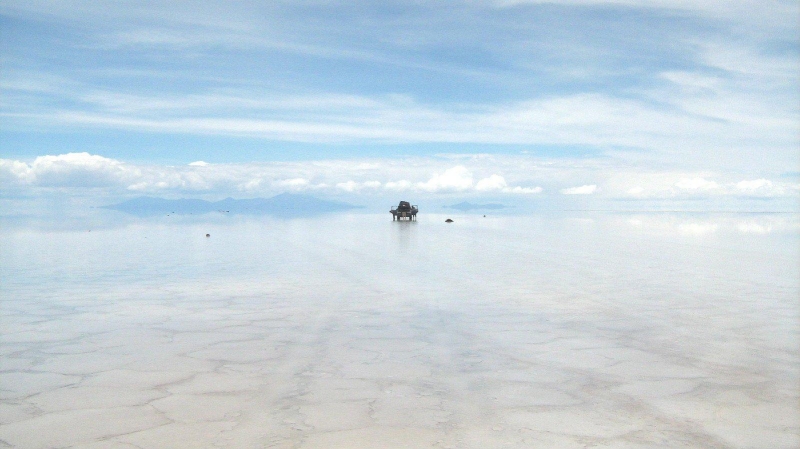
The rainy season lets you view the Salar’s breathtaking mirror effect, where the waters below represent the skies above so it becomes impossible to tell where the sky ends and the land begins. However, be aware that excessive rains may cause tour cancellations or certain areas to be inaccessible.
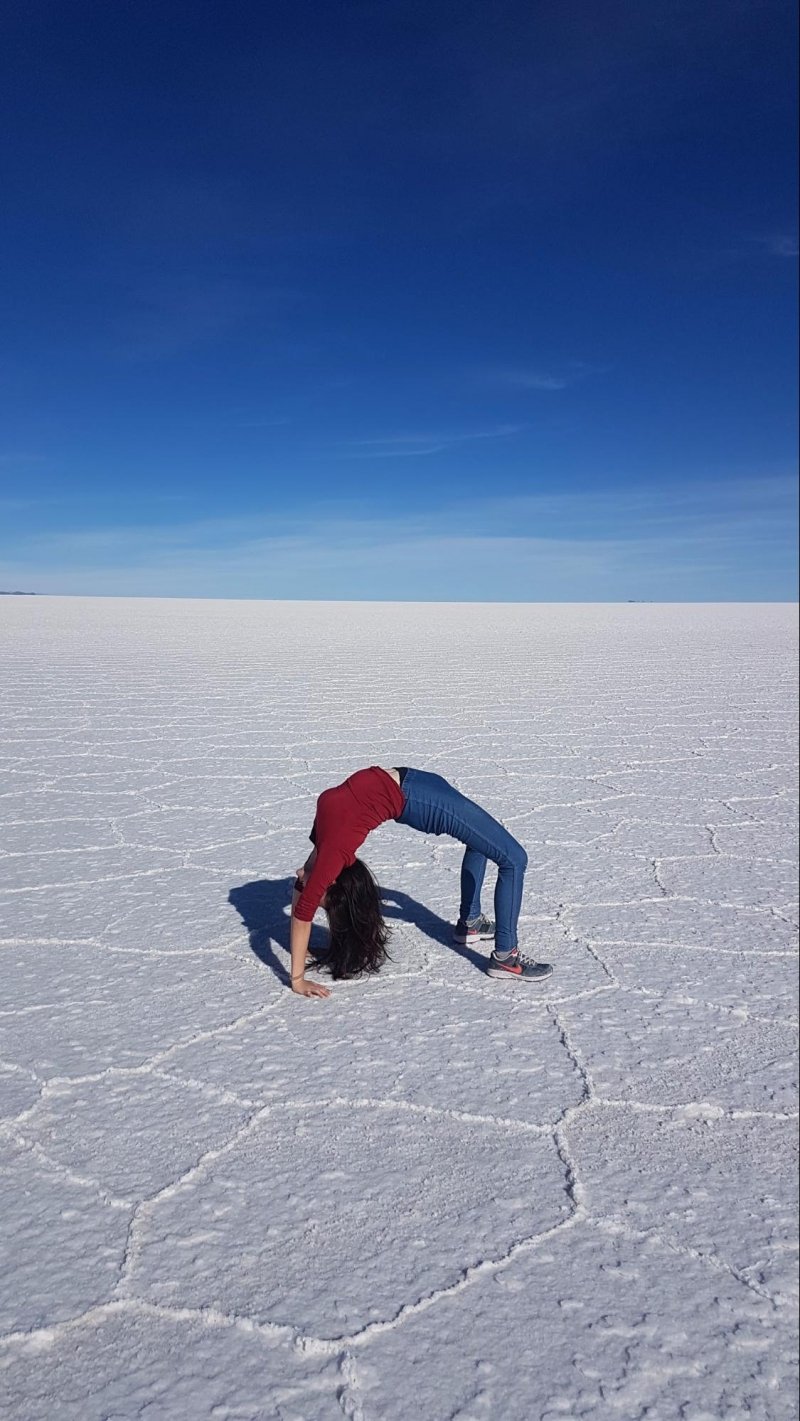
The dry seasons aren’t all that bad though. The temperature will be colder and with the ground hardened, you can drive through the stark white landscape to places that aren’t accessible during rainy seasons.
5. You can find the “Eye of the Salt”
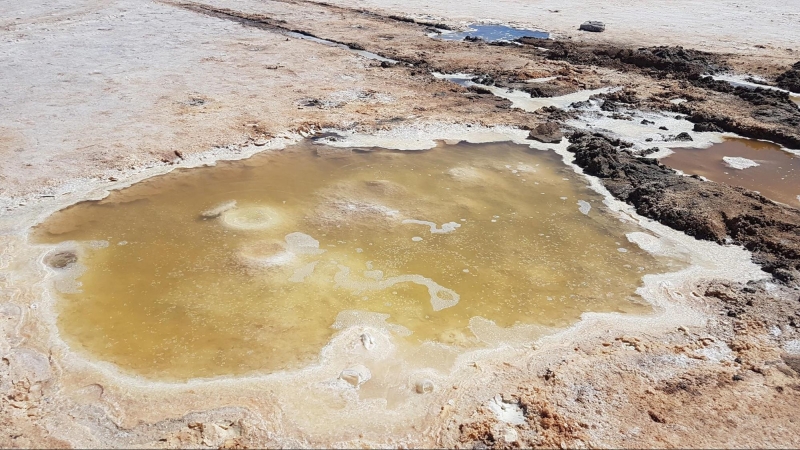
Don’t be surprised if you see these bubbling springs in the middle of the Salar. These “Ojos de Aguas” are round holes where water wells up under the salt crust. This happens because during the rainy season, rainwater covers part or all of the Salar. After the rain, solar radiation and the wind dry the surface and a pure white crust is formed. Yet, beneath this surface, the salt is still wet. As the surface crust cracks, the brine moves up and the salt crystallises as it dries up, forming polygons on the surface.
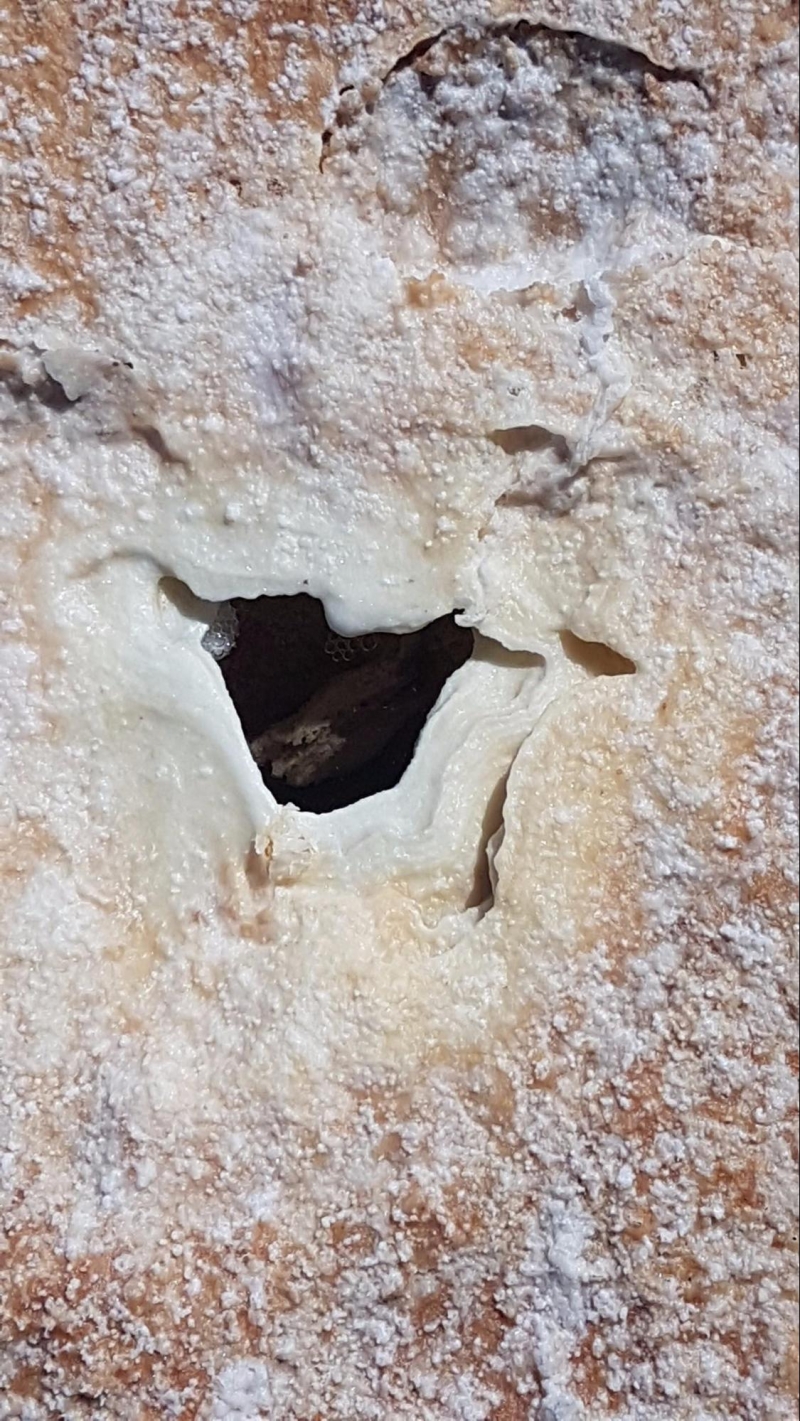
Never drive your land rover over these patches as your car may sink beyond the white crust. This is why the phenomenon is conveniently termed as the “Eye of the Salt”.
6. As well as the Dakar Monument
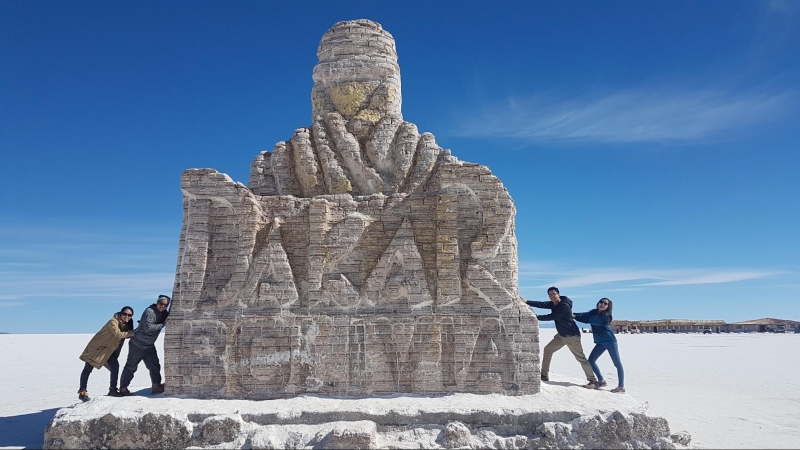
The Dakar Rally is an annual event where competitors drive across South America in various motor vehicles. The Dakar monument, made of salt blocks, was erected about five kilometres into the Salar. Don’t forget to snap a picture with it!
7. You can plant your country flag…
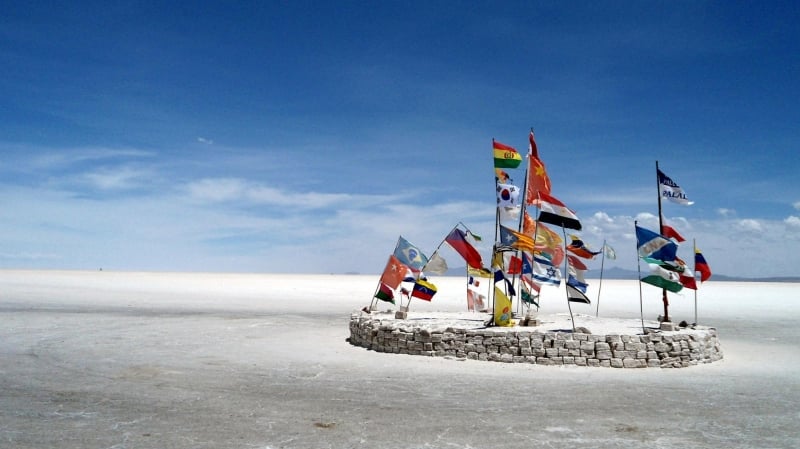
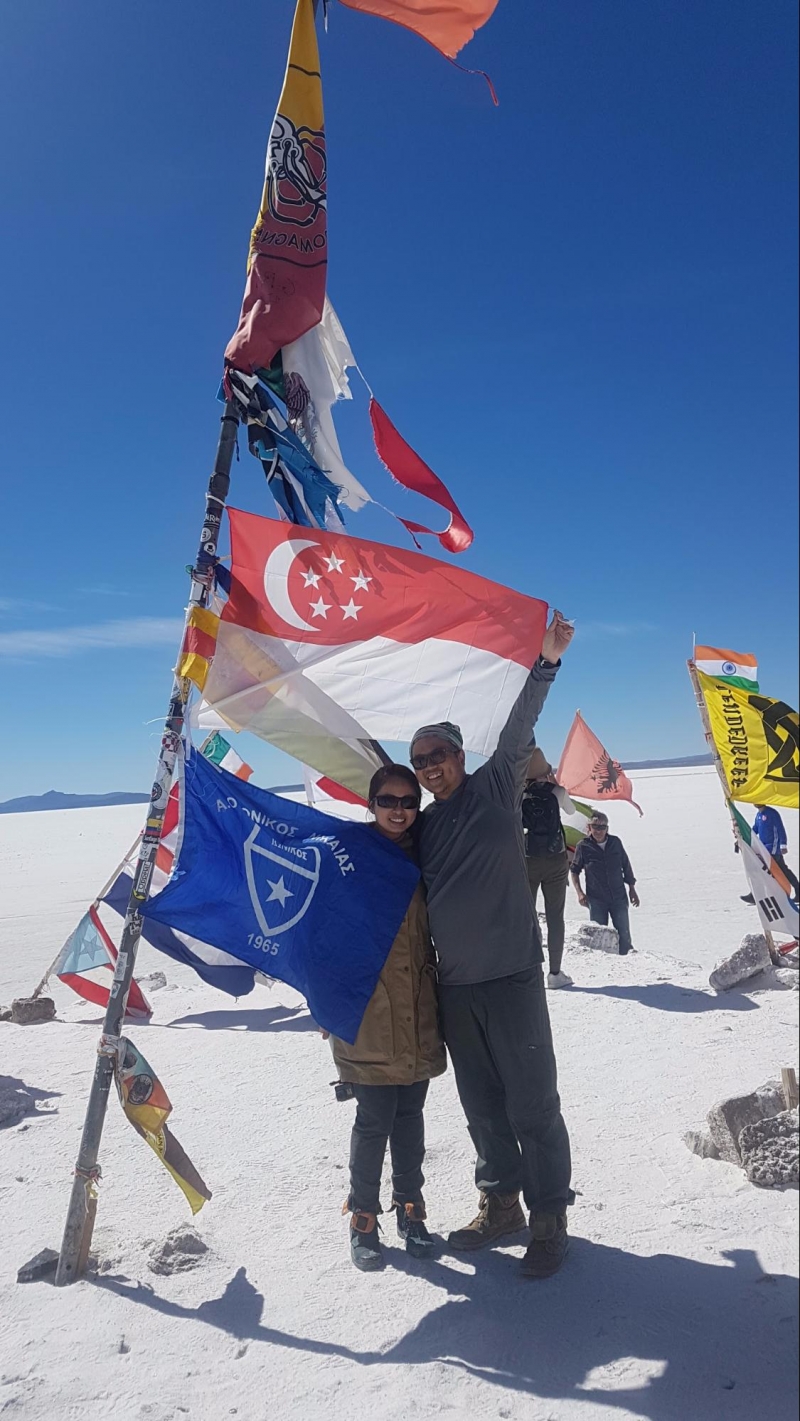
Stop by the old hotel in the heart of Salar de Uyuni to have lunch. You will spot several colourful flags hanging from a series of poles outside. Yes, they are the country flags of the visitors who have visited the salt flat. If your country flag isn’t already there, bring one and hang it! Talk about leaving your mark on one of the most surreal landscapes on earth!
8. Take optical illusion shots…
One of the highlights of Salar de Uyuni is the endless horizon which makes the perfect backdrop for photography enthusiasts. If you’ve always wanted to be in an optical illusion shot, this is your chance. The horizon will give the perspective that the objects nearer to the camera are larger than the objects that are further away. What can you do with this? Stage battle scenes with your toys, or pretend that you’re Godzilla and about to attack your friends.
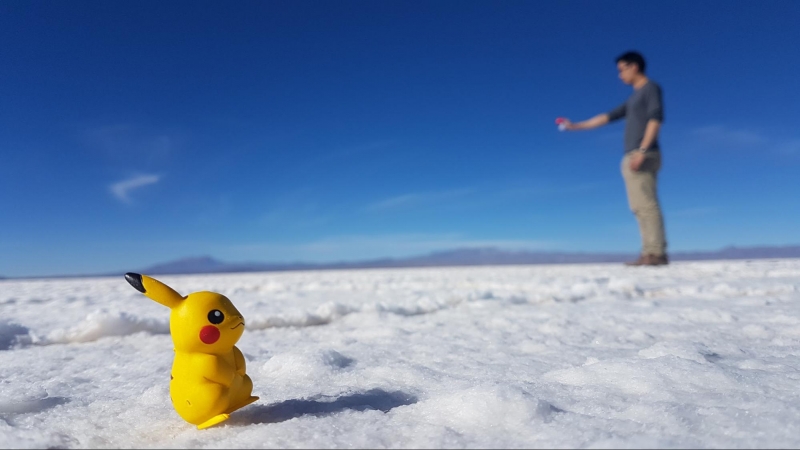

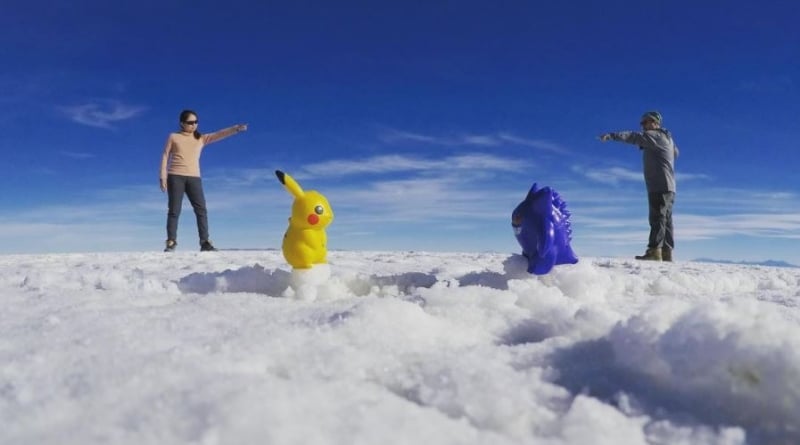
Image credit: hqyeow
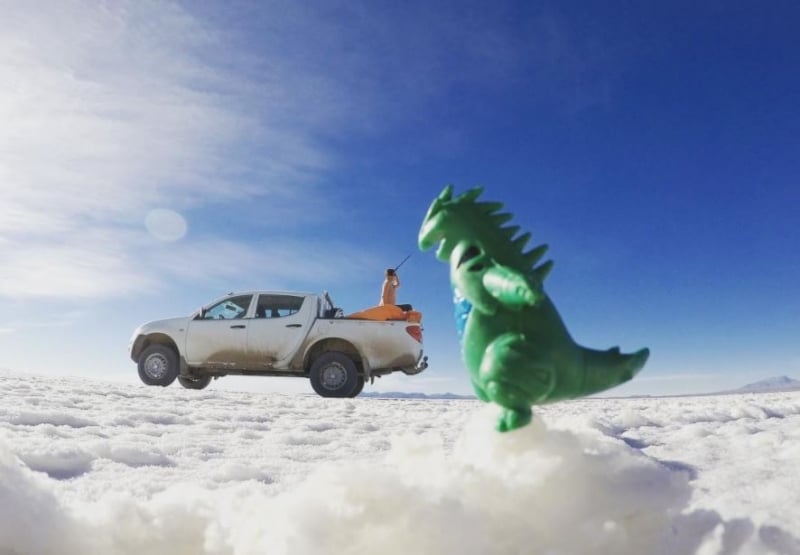
Image credit: hqyeow
To catch the best photos, drive out to somewhere with no cars or people in sight so the stark landscape is void of anything that the eye can see. If you’re meant to be in the further part of the picture, don’t venture too far because the further you go, the harder it is to keep everything in focus.
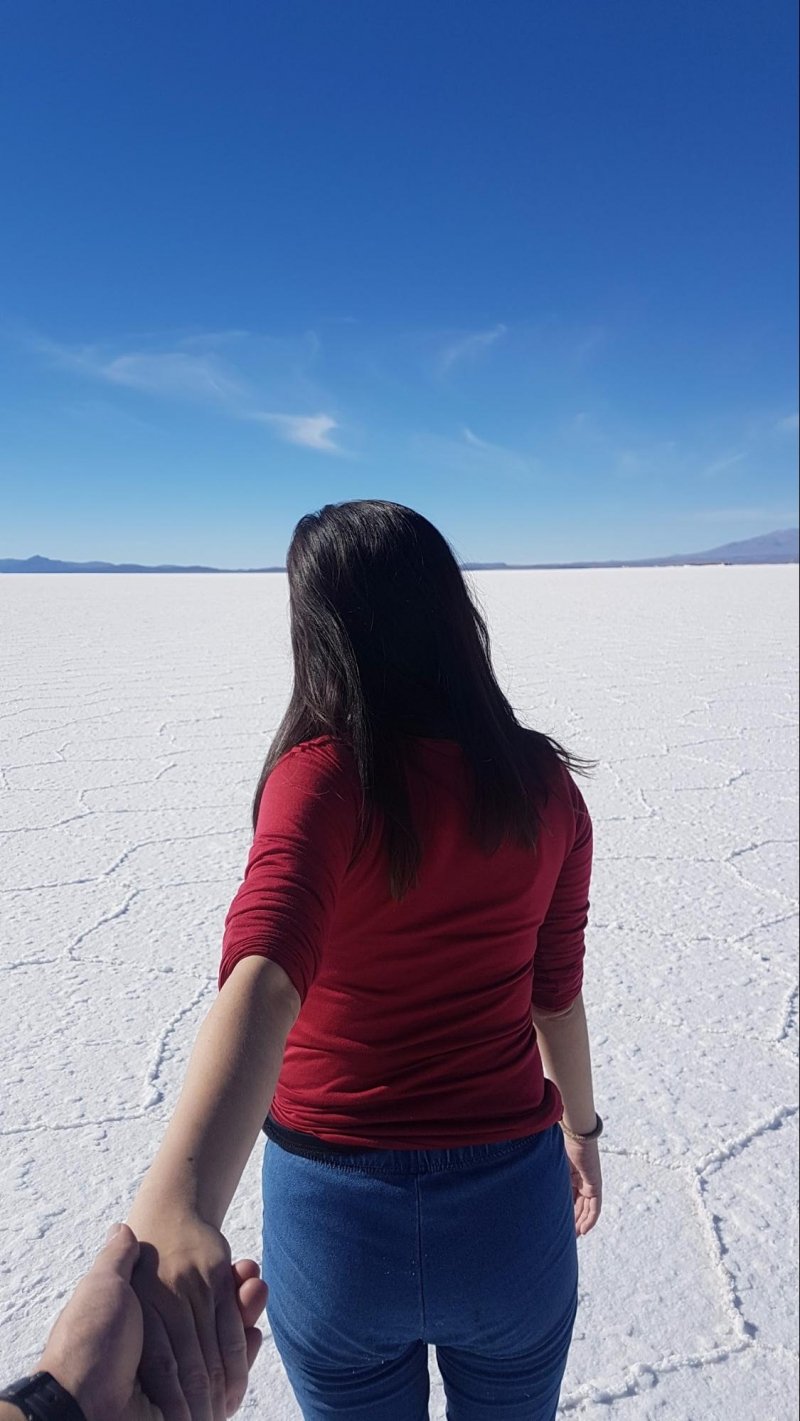
If you’re all about being basic, the usual #followmeto shot also works.
9. And visit the world’s first salt hotel
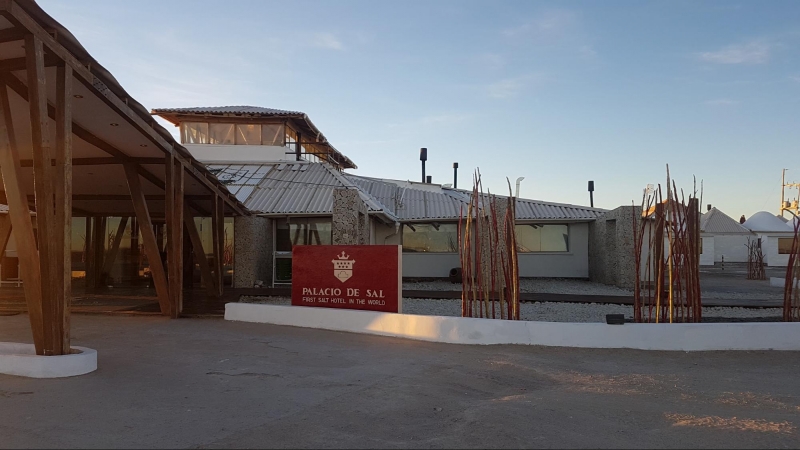
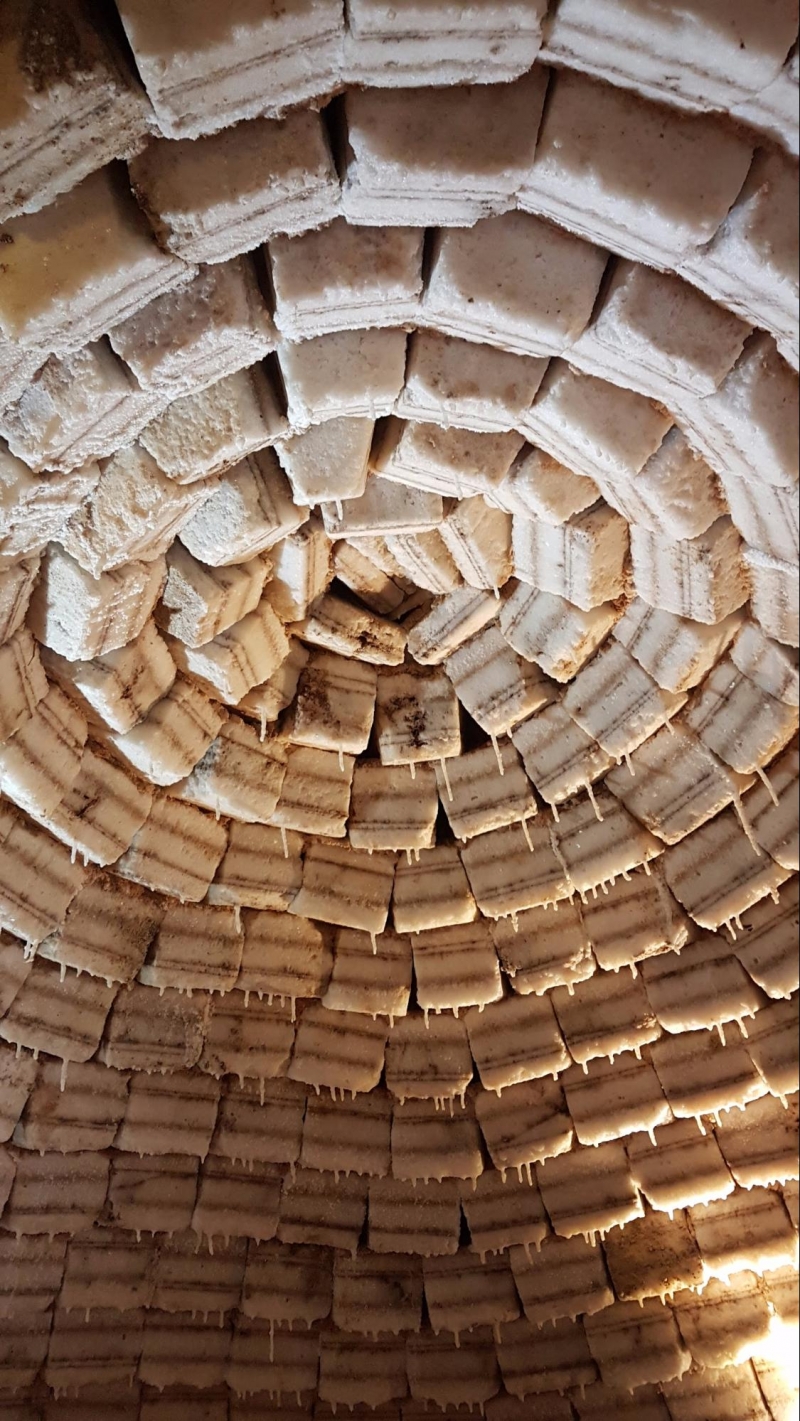
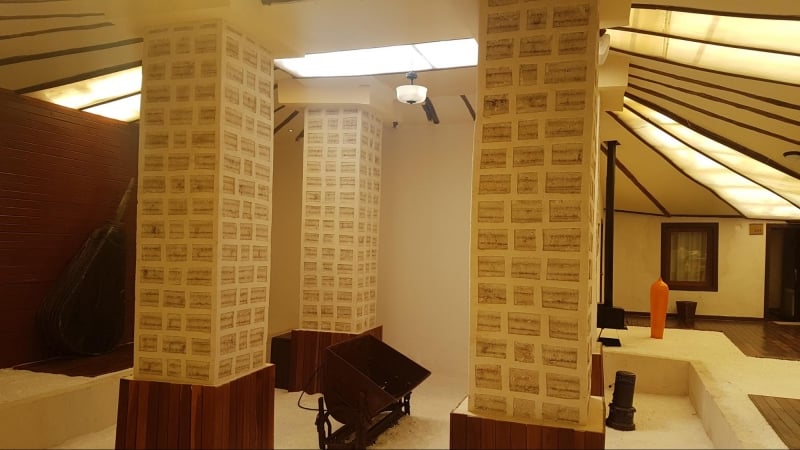
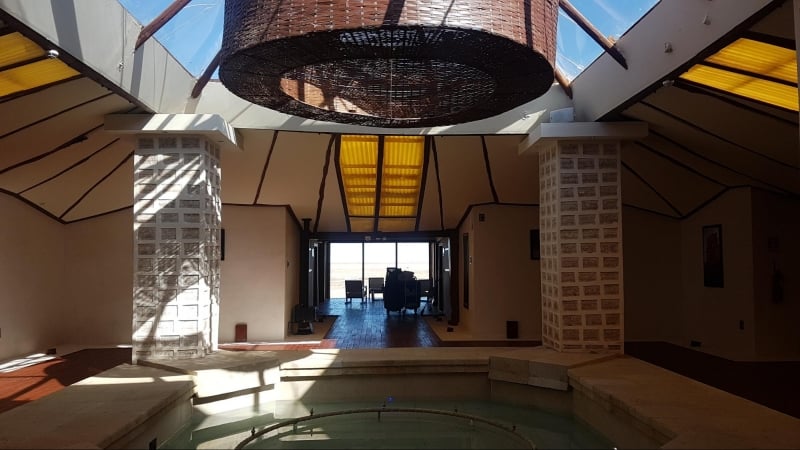
You can’t leave Salar de Uyuni without spending a night in a salt hotel. The idea of a salt hotel was conceived by Don Juan Quesada, and this vision came about simply because salt was the most practical building resource in the area.
Behold Palacio de Sal, entirely made out of 10,500 tons of salt and spanning 4,500 square feet within the Salar. Even the chairs, tables, pillars and other pieces of furniture are made of sodium chloride. This is the most luxurious salt hotel in the Salar, as it boasts facilities such as a dry sauna, steam room, whirlpool and saltwater baths.
And if it seems tempting to savour the saltiness, don’t do it! One strictly enforced rule of this Bolivian hotel is that guests are not allowed to lick the walls.
10. Lastly, watch this video before you go!
Want to get up close and personal with Salar de Uyuni without actually being there? Then watch this video.
Video credit: Yeow Hui Qi
Are you planning your trip with your salt baes yet?




